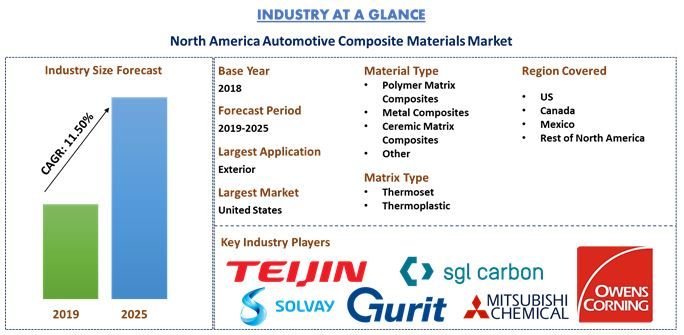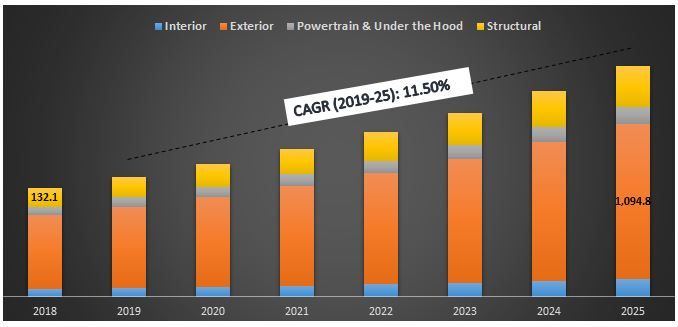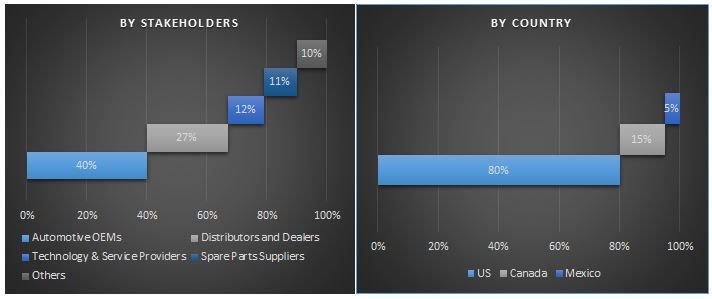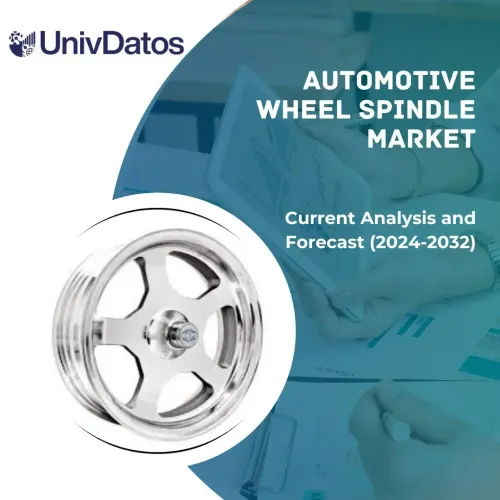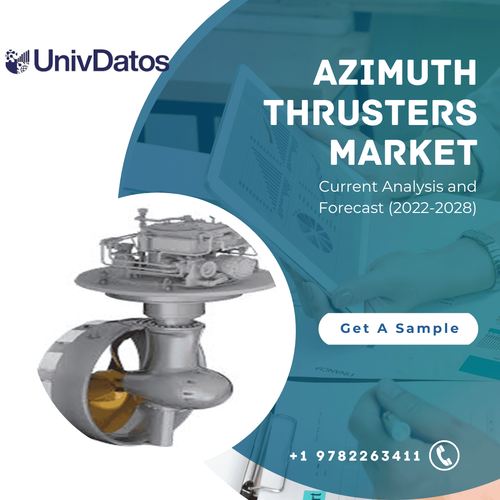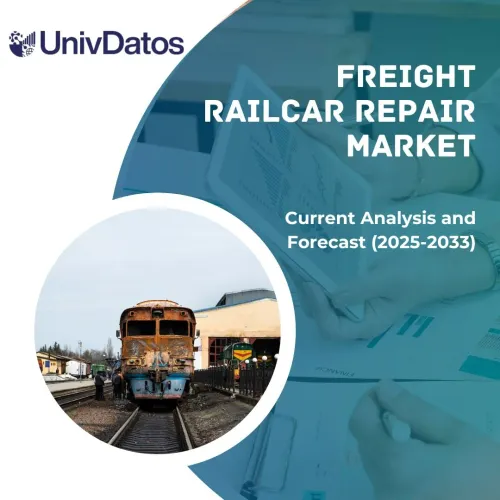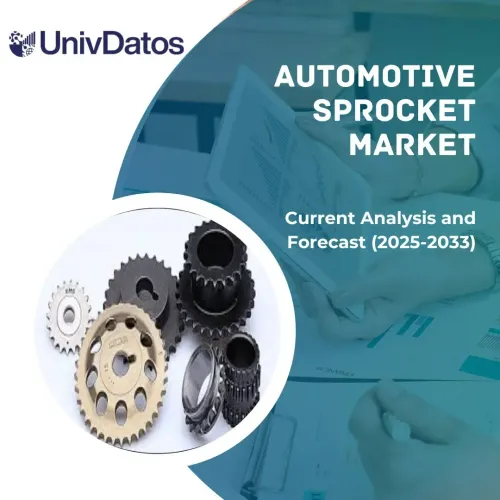Анализ рынка композитных материалов для автомобилестроения Северной Америки: аналитика и прогноз, 2019–2025 гг.
Акцент на типе материала (композиционные материалы на полимерной матрице, композиционные материалы на металлической матрице, композиционные материалы на керамической матрице и гибридные композиты), процессе производства (ручная выкладка, прессование, литье под давлением, перенос смолы под давлением)
Объем рынка композитных материалов для автомобилестроения Северной Америки в 2018 году оценивался в 765,9 млн долларов США, и ожидается, что к 2025 году он достигнет 1630,3 млн долларов США, демонстрируя умеренный среднегодовой темп роста в 11,50% в течение прогнозируемого периода (2019-2025 гг.).Автомобильная промышленность занимает значительную долю в экономике Северной Америки, поскольку регион является вторым по величине производителем автомобилей в мире. Однако увеличение количества транспортных средств привело к последующему увеличению выбросов парниковых газов (ПГ), в связи с чем Национальное управление безопасности дорожного движения (NHTSA) и Агентство по охране окружающей среды (EPA) выпустили экологические нормы. Они совместно установили целевое значение выбросов CO2 в размере 89 г/км для легковых автомобилей, 126 г/км выбросов CO2 для легких грузовиков и 101 г/км для комбинированных автомобилей и грузовиков, которое необходимо достичь к 2025 году. Такие правила мотивировали автопроизводителей использовать композитные материалы для снижения общей массы своих транспортных средств, тем самым помогая им достичь целевых значений выбросов в запланированные сроки. Помимо повышения стандартов выбросов в регионе, спрос на композитные материалы также вырос в электромобилях (EV) для компенсации веса, увеличенного за счет аккумуляторов. В дополнение к этому, присутствие местных производителей композитных материалов в регионе также стимулирует рост рынка. С другой стороны, существуют некоторые рыночные проблемы, такие как высокая стоимость сырья и высокие инвестиции в НИОКР, которые сдерживают рост рынка композитных материалов для автомобилестроения Северной Америки.
«Ожидается, что композиты на полимерной матрице будут доминировать в течение анализируемого периода».
Рынок композитных материалов для автомобилестроения Северной Америки сегментирован на основе различных материалов, таких как композиты на полимерной матрице (PMC), композиты на металлической матрице (MMC), композиты на керамической матрице (CMC) и гибридные композиты.В настоящее время PMC являются наиболее популярным типом композитов среди автопроизводителей, поскольку они обладают высокой гибкостью, высокой изоляцией, меньшей плотностью и меньшим весом, чем другие типы композитных материалов. и ожидается, что они будут доминировать на рынке в течение прогнозируемого периода (2018-2025 гг.). Однако низкая стоимость и исключительно хорошие структурные и механические свойства гибридных композитов делают их популярной альтернативой одноволоконным композитам. Следовательно, ожидается, что гибридные композиты станут самым быстрорастущим сегментом в течение прогнозируемого периода.
«Термореактивные полимеры занимали наибольшую долю рынка в 2018 году и, как ожидается, будут доминировать на рынке в 2025 году».
Исследование далее разделяет PMC по типам матрицы, включая термореактивные и термопластичные полимеры, при этом термореактивные полимеры занимали наибольшую долю рынка в 2018 году и, как ожидается, будут доминировать на рынке к 2025 году. Однако, ожидается, что термопластичные полимеры продемонстрируют наибольший рост в течение прогнозируемого периода, посколькуони компактны и беспроводны
«Среди производственных процессов литье под давлением, как прогнозируется, будет занимать наибольшую долю рынка и будет доминировать на рынке композитных материалов для автомобилестроения Северной Америки к 2025 году».
Рынок композитных материалов для автомобилестроения Северной Америки далее фрагментирован по различным производственным процессам. К ним относятся ручная выкладка, прессование, литье под давлением и перенос смолы под давлением (RTM).Процесс литья под давлением доминировал на рынке в 2018 году и, как ожидается, сохранит свое доминирование в течение прогнозируемого периода. С другой стороны, RTM станет самым быстрорастущим производственным процессом из-за его растущего внедрения в автомобильной промышленности.
«Среди применений сегмент экстерьера, как ожидается, будет доминировать на рынке композитных материалов для автомобилестроения Северной Америки к 2025 году».
На основе нескольких областей применения в автомобилях рынок композитных материалов для автомобилестроения Северной Америки сегментирован на интерьер, экстерьер, шасси, трансмиссию и под капотом, а также конструкцию.Среди различных областей применения наружное применение занимало наибольшую долю рынка и в 2018 году оценивалось в 519,7 млн долларов США. Однако строгие нормы по качеству воздуха в салоне транспортных средств, как ожидается, будут стимулировать спрос на композиты для интерьеров транспортных средств.
Объем рынка композитных материалов для автомобилестроения Северной Америки по производственным процессам, 2018–25 гг. (млн долларов США)
«Среди типов транспортных средств легковые автомобили занимают основную долю на рынке композитных материалов для автомобилестроения Северной Америки».
На основе различных типов транспортных средств рынок композитных материалов для автомобилестроения Северной Америки сегментирован на спортивные автомобили, легковые автомобили и другие (коммерческие транспортные средства и другие).Сегмент легковых автомобилей является крупнейшим сегментом автомобилей с точки зрения количества транспортных средств, кроме того, этот сегмент занимал наибольшую долю рынка. В дополнение к этому, самая высокая рыночная стоимость легковых автомобилей среди сегментов транспортных средств объясняется растущим внедрением композитов в легкие транспортные средства.
«Китай представляет собой один из крупнейших рынков композитных материалов для автомобилестроения Северной Америки».
Для углубленного анализа отрасли рынок композитных материалов для автомобилестроения Северной Америки далее сегментирован по различным странам, включая США, Канаду, Мексику и остальные страны Северной Америки.Из-за высоких строгих стандартов выбросов и наличия нескольких местных поставщиков композитных материалов, США доминировали на рынке композитных материалов для автомобилестроения Северной Америки в 2018 году и будут продолжать доминировать в течение прогнозируемого периода.
Конкурентная среда – 10 ведущих игроков рынка
BASF SE, DowDupont Inc., Gurit Holding AG, Magna International Inc., Mitsubishi Chemical Holdings Corporation, Owens Corning, SGL Group, Solvay SA, Teijin Limited и Toray Industries Inc. являются одними из выдающихся игроков, работающих в отрасли композитных материалов для автомобилестроения. Некоторые из ключевых игроков также расширяют свой бизнес, создавая новые заводы или увеличивая свои расходы на НИОКР для разработки более дешевых методов производства. Несколько слияний и поглощений, а также партнерств были предприняты этими игроками, чтобы предоставить клиентам высокотехнологичные и инновационные продукты.
Причины для покупки:
- Текущий и будущий размер рынка с 2018 по 2025 год в стоимостном выражении (доллары США)
- Комбинированный анализ углубленных вторичных исследований и данных, полученных от первичных исследований через ключевых лидеров мнений отрасли
- Детализация по странам общего внедрения композитных материалов для автомобилестроения в Северной Америке
- Краткий обзор общей эффективности отрасли
- Углубленный анализ ключевых игроков отрасли
- Подробный анализ движущих сил, ограничений, ключевых тенденций и возможностей, преобладающих в отрасли
- Изучение привлекательности отрасли с помощью анализа пяти сил Портера
- Исследование всесторонне охватывает рынок по различным сегментам и подсегментам технологии
- Страны, охваченные:США, Канада и Мексика
Варианты настройки:
UMI понимает, что у вас могут быть свои собственные бизнес-потребности, поэтому мы также предоставляем полностью настроенные решения для клиентов. Рынок композитных материалов для автомобилестроения Северной Америки может быть настроен на уровне страны или любого другого сегмента рынка.
Содержание
Анализ исторического рынка, оценка текущего рынка и прогнозирование будущего рынка композитных материалов для автомобилестроения Северной Америки были тремя основными шагами, рассмотренными при создании и анализе общей скорости внедрения композитных материалов для автомобилестроения в основных странах Северной Америки. Были проведены исчерпывающие вторичные исследования для сбора исторических данных о рынке технологии и общей оценки текущего рынка. Во-вторых, для подтверждения этих данных было принято во внимание множество выводов и предположений. Кроме того, были проведены исчерпывающие первичные интервью с экспертами отрасли по всей цепочке создания стоимости рынка композитных материалов для автомобилестроения Северной Америки. После всех предположений, определения размера рынка и проверки рыночных показателей посредством первичных интервью, был применен метод сверху вниз для прогнозирования полного размера рынка композитных материалов для автомобилестроения Северной Америки. После этого были приняты методы разбивки рынка и триангуляции данных для оценки и анализа размера рынка сегментов и подсегментов технологии. Подробная методология объясняется ниже:
Анализ размера исторического рынка
Шаг 1: Углубленное изучение вторичных источников:
Подробное вторичное исследование было проведено для получения исторических данных о размере рынка композитных материалов для автомобилестроения Северной Америки из внутренних источников компании, таких какгодовые отчеты и финансовая отчетность, презентации о результатах деятельности, пресс-релизы, записи инвентаризации, данные о продажах и т. д.и внешние источники, включаяотраслевые журналы, новостные статьи, правительственные публикации, Международная организация автопроизводителей, публикации конкурентов, отраслевые отчеты, публикации регулирующих органов, организации по стандартам безопасности, сторонние базы данных и другие заслуживающие доверия публикации.
Шаг 2: Сегментация рынка:
После получения исторических данных о размере общего рынка был проведен детальный вторичный анализ для сбора исторических рыночных данных и доли для различных сегментов и подсегментов рынка автомобильных композитных материалов Северной Америки. Основные сегменты, включенные в отчет, включают тип материала, процесс производства, применение и типы транспортных средств.
Шаг 3: Факторный анализ:
После получения исторических данных о размере рынка различных сегментов и подсегментов был проведен детальный факторный анализ для оценки текущего размера рынка автомобильных композитных материалов Северной Америки. Факторный анализ проводился с использованием зависимых и независимых переменных, таких как покупательная способность, правительственные инициативы, государственные постановления в основных странах Северной Америки. Анализировались исторические тенденции использования автомобильных композитных материалов и их влияние на размер и долю рынка в последние годы. Также был тщательно изучен сценарий спроса и предложения.
Оценка и прогноз текущего размера рынка
Определение текущего размера рынка:Основываясь на практических выводах из вышеуказанных 3 шагов, мы пришли к текущему размеру рынка, ключевым игрокам на рынке, рыночной доле этих игроков, цепочке поставок и цепочке создания стоимости отрасли. Все необходимые доли, разделения и разбивки рынка были определены с использованием вышеупомянутого вторичного подхода и были подтверждены посредством первичных интервью.
Оценка и прогнозирование:Для оценки и прогнозирования рынка был назначен вес различным факторам, включая драйверы, ограничения, тенденции и возможности, доступные на рынке. После анализа этих факторов были применены соответствующие методы прогнозирования, т. е. Bottom-up/Top-down, для получения прогноза рынка на 2025 год для различных сегментов и подсегментов в основных странах Северной Америки. Методология исследования, принятая для оценки размера рынка, включает:
- Размер рынка отрасли, в стоимостном выражении (долл. США) и скорость внедрения автомобильных композитных материалов в основных странах Северной Америки
- Все процентные доли, разделения и разбивки рыночных сегментов и подсегментов
- Ключевые игроки, представляющие различные технологии и рынки, а также доля рынка каждого игрока. Кроме того, стратегии роста, принятые этими игроками для конкуренции на быстрорастущем рынке автомобильных композитных материалов Северной Америки
Проверка размера и доли рынка
Первичные исследования: Были проведены углубленные интервью с ключевыми лидерами мнений (KOL), включая руководителей высшего звена (CXO/VP, руководители по продажам, руководители по маркетингу, руководители по операционной деятельности, региональные руководители и т. д.). Результаты первичных исследований были обобщены, и был проведен статистический анализ для доказательства заявленной гипотезы. Данные первичных исследований были консолидированы с результатами вторичных исследований, превращая таким образом информацию в практические выводы.
Разбивка первичных участников
Инженерия рынка
Для завершения общего процесса инжиниринга рынка и получения точных статистических данных по каждому сегменту и подсегменту, относящемуся к рынку автомобильных композитных материалов Северной Америки, была использована техника триангуляции данных. Данные были разделены на несколько сегментов и подсегментов после изучения различных параметров и тенденций в областях типа материала, процесса производства, применения и типа транспортного средства.
Основнаяцель исследования рынка автомобильных композитных материалов Северной Америки
В исследовании определены текущие и будущие рыночные тенденции рынка автомобильных композитных материалов Северной Америки. Инвесторы могут получить стратегическую информацию для обоснования своих решений об инвестициях на основе качественного и количественного анализа, проведенного в исследовании. Текущие и будущие тенденции рынка определят общую привлекательность рынка, предоставляя платформу для участников отрасли, чтобы использовать неиспользованный рынок и получить выгоду в качестве первого игрока. Другие количественные цели исследований включают:
- Анализ текущего и прогнозируемого размера рынка автомобильных композитных материалов Северной Америки в стоимостном выражении (долл. США)
- Анализ текущего и прогнозируемого размера рынка различных сегментов и подсегментов рынка автомобильных композитных материалов Северной Америки. Сегменты в исследовании включают тип материала, процесс производства, применение и тип транспортного средства
- Определение и описание технологий и протоколов, используемых в автомобильных композитных материалах
- Предвидеть потенциальные риски, связанные с технологией, наряду с анализом клиентов и конкурентов, среди прочего
- Определение и анализ государственных постановлений для автомобильных композитных материалов в основных странах Северной Америки
- Анализ текущего и прогнозируемого размера рынка автомобильных композитных материалов в регионах, в стоимостном выражении для стран, включая США, Канаду, Мексику и остальную часть Северной Америки
- Определение и анализ конкурентной среды рынка автомобильных композитных материалов Северной Америки и стратегий роста, принятых участниками рынка для поддержания устойчивости на постоянно растущем рынке
Связанные Отчеты
Клиенты, купившие этот товар, также купили

